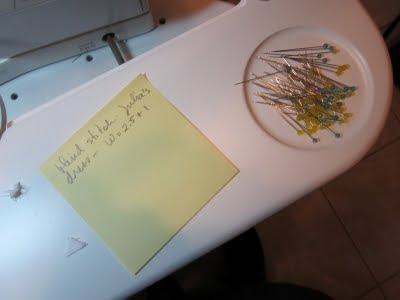There will be two winners and two sets of prizes. (My favorites are the crocheted roses.)
Check it out here. It's very easy to enter.
And here's a lovely video about the contest which Catherine made.
My personal favorites are the crocheted roses.
When I'm not reading, I quilt.









 A couple of weeks ago, the Change Oil light in my car lit up. Because it was a weekend, the place where I usually take it to was closed. So I went to Jiffy-Lube. The nice young man who checked my car (and tried to sell me additional services and products) seemed unusually nice and friendly. I probably would have thought it a bit odd if I hadn't been so eager to get back to the waiting room which had free Wi-Fi. So when he asked, "Do you go to Such-and-Such Apostolic Church?" I was caught off-guard.
A couple of weeks ago, the Change Oil light in my car lit up. Because it was a weekend, the place where I usually take it to was closed. So I went to Jiffy-Lube. The nice young man who checked my car (and tried to sell me additional services and products) seemed unusually nice and friendly. I probably would have thought it a bit odd if I hadn't been so eager to get back to the waiting room which had free Wi-Fi. So when he asked, "Do you go to Such-and-Such Apostolic Church?" I was caught off-guard. The fact that I'm having so much trouble ironing my fabric has really puzzled some of the sewing ladies I've consulted online. Silk dupioni should wash and iron like a dream, at least that's been their experience. One person wondered if perhaps I'd been sold a blend instead of 100% silk and suggested I do a burn test.
The fact that I'm having so much trouble ironing my fabric has really puzzled some of the sewing ladies I've consulted online. Silk dupioni should wash and iron like a dream, at least that's been their experience. One person wondered if perhaps I'd been sold a blend instead of 100% silk and suggested I do a burn test.  Last night a friend called to ask the dreaded question, "Is it done?" She was speaking, of course, of the First Communion Dress which I've been working on since February and which I'm supposed to be taking with me to Ohio this Thursday.
Last night a friend called to ask the dreaded question, "Is it done?" She was speaking, of course, of the First Communion Dress which I've been working on since February and which I'm supposed to be taking with me to Ohio this Thursday.So far I've been one spontaneous blogger, posting maybe once or twice a week. Finding things to post about has never been a problem for me; searching and finding the time is where the trouble lies. But I am going to give it my best shot anyway and I have a long list of topics I will be covering.

